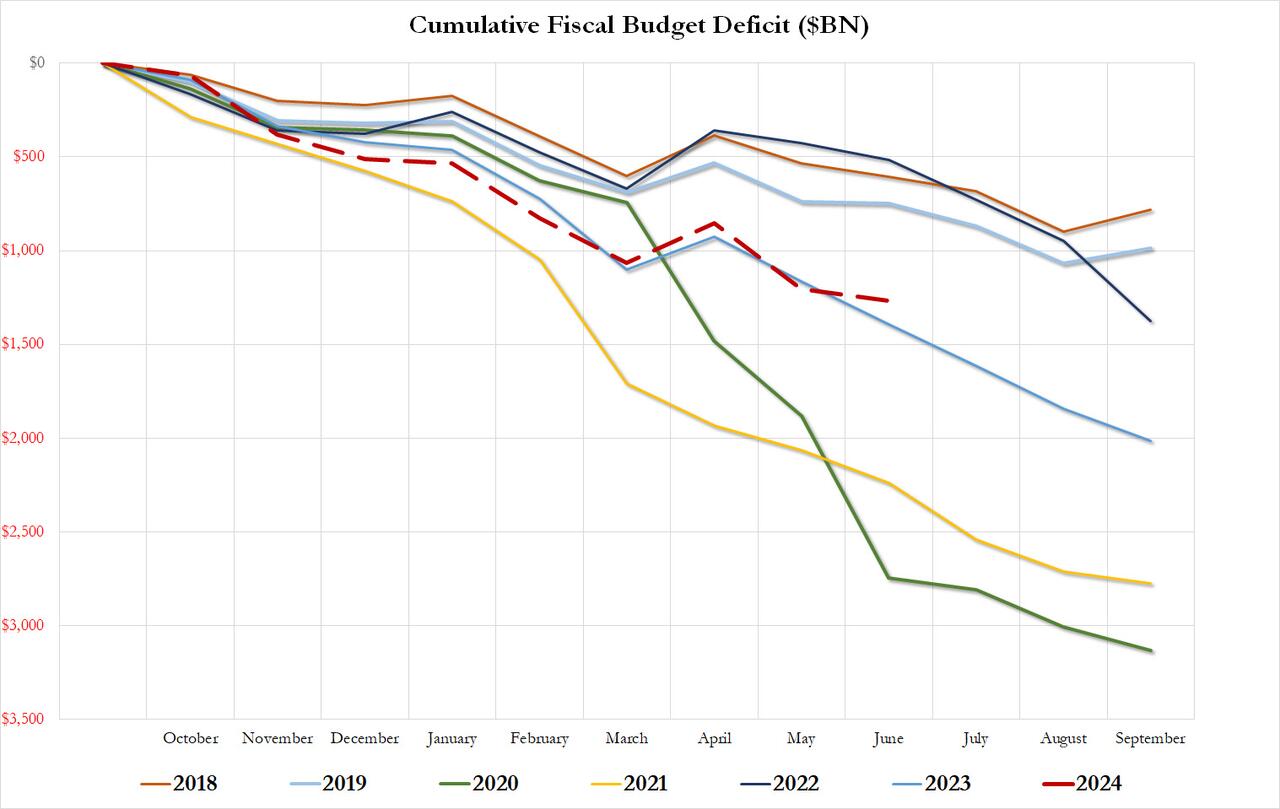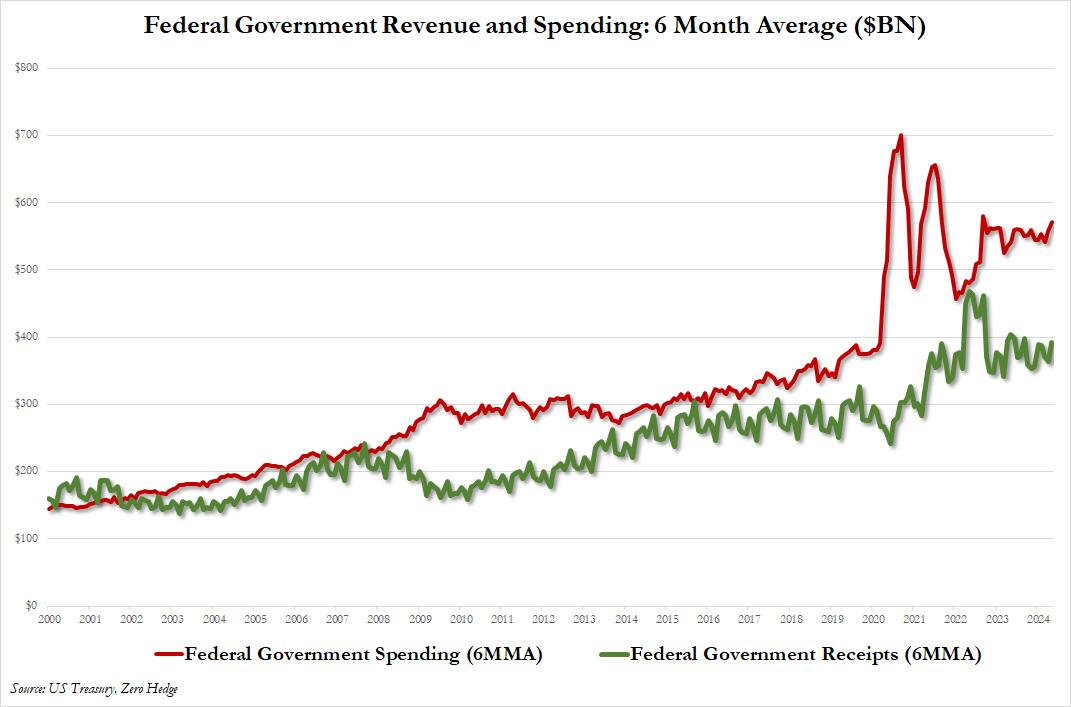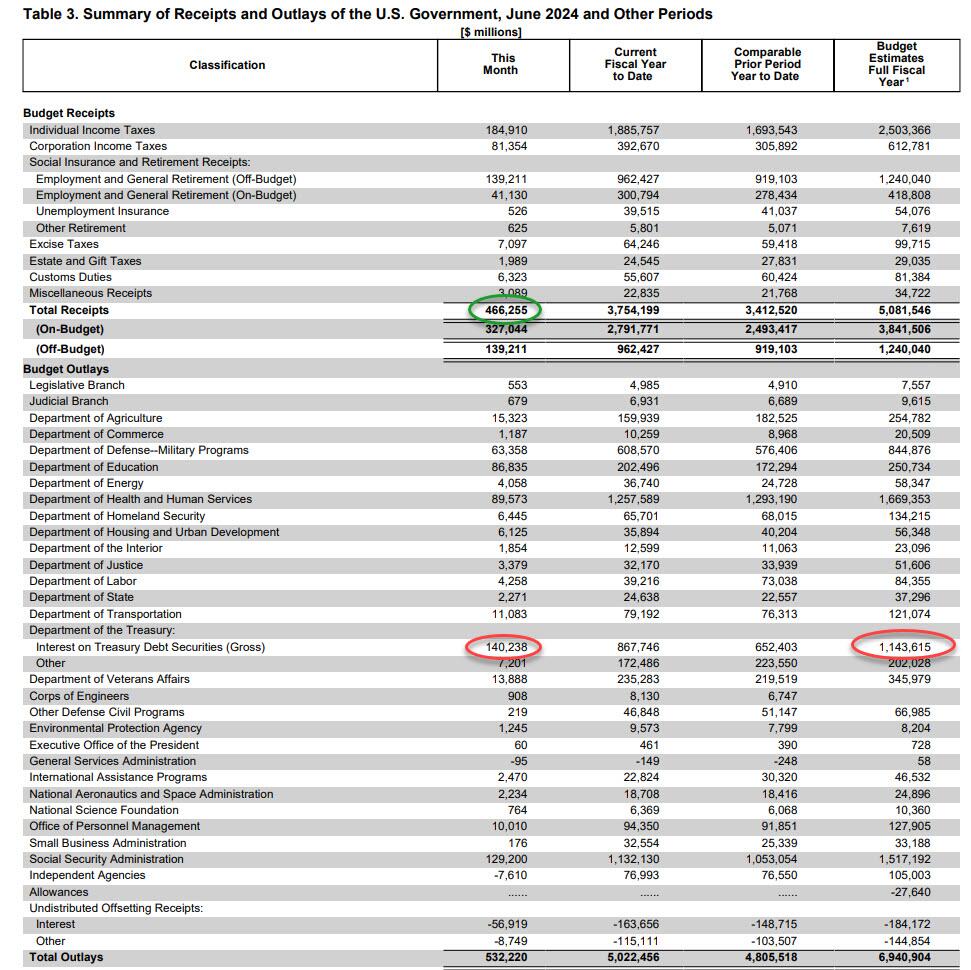Apprenticeships are on the rise as undergraduate enrollment falls
The Biden administration is spending over $244 million to improve and expand the Registered Apprenticeship system, which the White House calls "the gold standard earn-and-learn training pathway."
This is the largest-ever federal investment in the Registered Apprenticeship system.
The expenditure is a part of President Joe Biden's "Investing in America" agenda, which focuses on mobilizing private-sector investments, bringing manufacturing back to the U.S. and creating jobs. The administration is also funding multibillion-dollar infrastructure projects to generate labor demand and create good-paying jobs in construction and other skilled trades, according to the White House.
Enhancing funding for the Registered Apprenticeship program will help connect Americans with some of those jobs, the White House said.
Registered Apprenticeships are industry-vetted, government-approved programs through which apprentices can earn progressive wages as they become more productive, learn on the job and in classroom settings and earn industry credentials.
Apprenticeship opportunities span a variety of industries, including manufacturing, construction and transportation - sectors targeted by Biden's Investing in America agenda.
"This award ... will help to expand, strengthen and diversify programs that aren't just one-offs - they create a pipeline of workers with in-demand skills, connecting them with good jobs that create real security for workers and their families," said acting Secretary of Labor Julie Su, in a statement.
Over the past decade, Registered Apprenticeships have become a more popular pathway for new workers. In fiscal year 2014, there were 317,805 active apprentices in the continental U.S., according to the Department of Labor. Five years ago, there were 552,382. Now, there are 641,044 active apprentices in the country.
In the same time frame, full-time undergraduate enrollment has fallen by about 800,000 students, according to the National Center for Education Statistics. This year, the NCES predicts that 10 million students will be enrolled full time.
Fewer young people are enrolling in college for a variety of reasons, although doubt about the value of a four-year degree is a big one.
According to a Pew Research study, "only one in four U.S. adults say it's extremely or very important to have a four-year college degree in order to get a well-paying job." And almost half say the four-year degree is less important for a well-paying job than it was 20 years ago.
94% of apprentices who complete a Registered Apprenticeship retain employment, and they make an average annual salary of $80,000, according to the Department of Labor. To be sure, unemployment rates decrease and earnings increase as a worker obtains more education. Unlike higher education, though, an apprenticeship doesn't leave new workers with student debt.
Apprenticeships are appealing to stakeholders on both sides of the aisle. Former President Donald Trump's administration created a second apprenticeship model in 2019, through which "qualified third-party entities" such as industries and employers could develop their own apprenticeship programs in addition to the existing Registered Apprenticeship system. Biden shut down Trump's apprenticeship model, which was known as Industry-Recognized Apprenticeship Programs, or IRAP.
Sen. Patty Murray, D-Wash., then-chair of the Senate Committee on Health, Education, Labor and Pensions, said in a statement at the time, "The Trump administration's substandard apprenticeships were a bad deal for workers, it's that simple. The programs not only lacked key protections and benefits, but they also undermined high-quality Registered Apprenticeship programs that have a proven record of creating opportunity and providing pathways to good-paying jobs for workers across the country."
As the election approaches, labor is a key talking point for Biden. The president often highlights record job creation during his term and has made continued efforts to connect with unions and keep their support.






